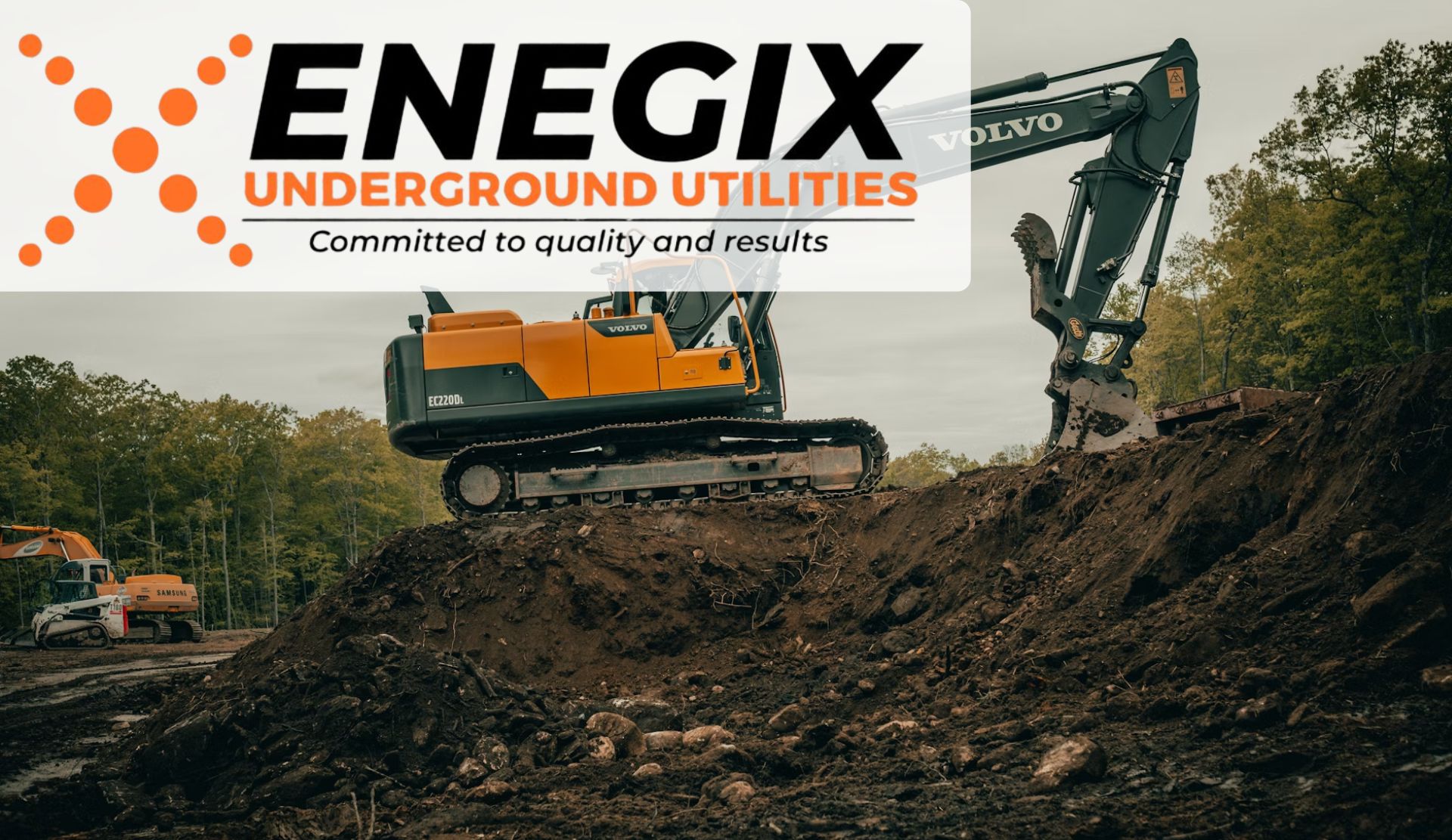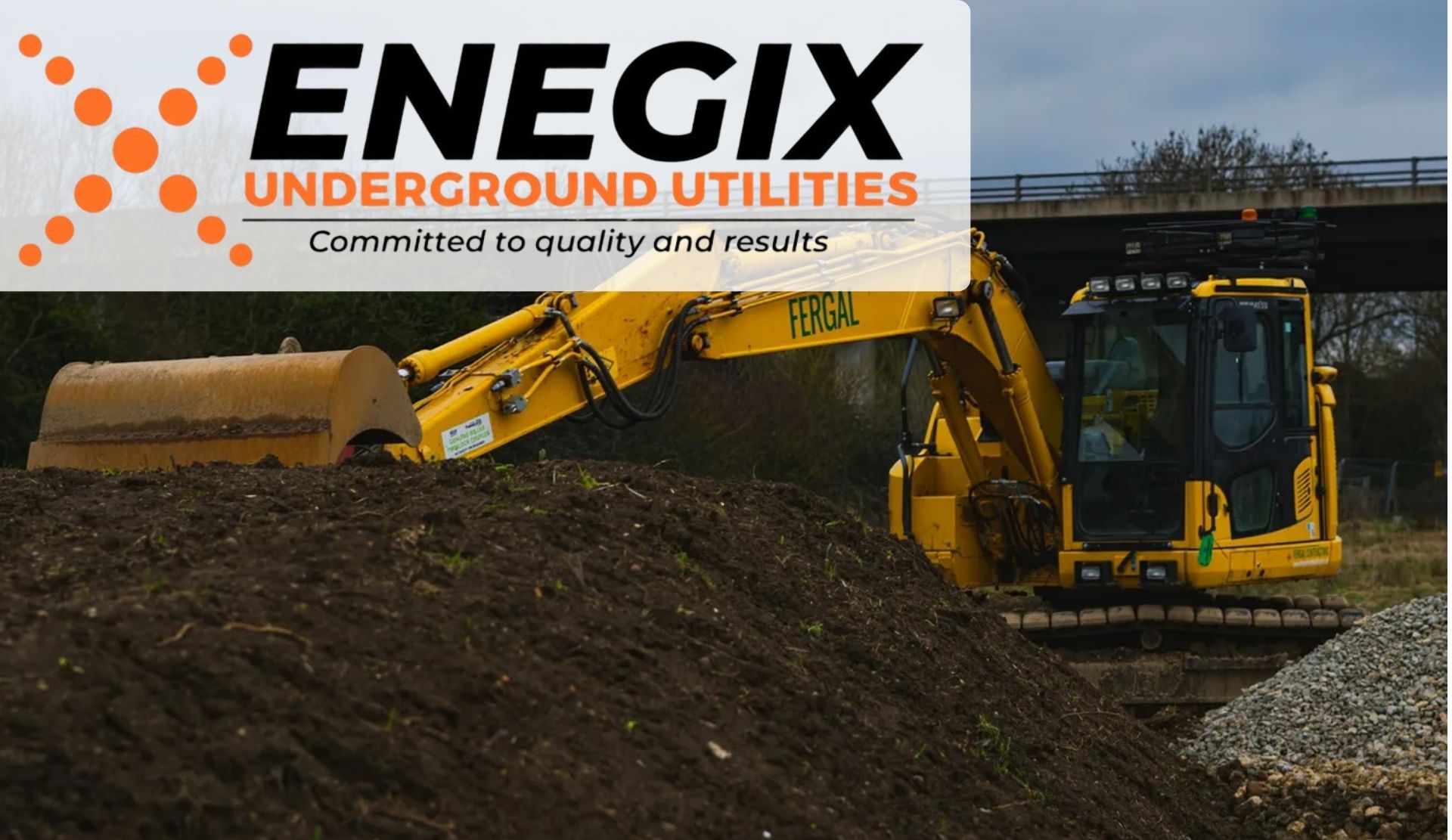
9 Basic Steps in Site Development
Turning a piece of land into a functional and flourishing site development project requires careful planning and execution. While the final structure may be the most noticeable aspect, the construction plays an essential role in ensuring a smooth, successful, and sustainable project. Here are 9 essential steps to get your site ready for development:

1. Defining Your Vision and Goals for Site Development
Before any physical work starts, it’s important to have a clear vision for your development project. This involves:
- Identifying the project’s purpose: What will the development be used for? (e.g., residential housing, commercial complex, recreational facility)
- Determining the target audience: Who will benefit from this development? Understanding their needs and preferences will guide design and functionality decisions.
- Setting realistic goals and timelines: Establish attainable benchmarks for project completion and ensure alignment with budget constraints.
2. Conducting a Thorough Assessment for Site Development
A comprehensive site assessment provides valuable insights into the land’s characteristics and potential challenges. This involves:
- Land surveying and mapping: Precisely measure the property’s dimensions, topography, and existing features like trees, structures, and utilities.
- Soil testing: Analyze the soil composition, bearing capacity, and potential for contamination to determine suitability for construction and identify any remediation needs.
- Environmental assessment: Evaluate the site’s ecological value, potential presence of endangered species, and compliance with environmental regulations.
3. Site Development Regulations
Navigating the legal landscape is crucial to ensure your project complies with local, state, and federal regulations. This may involve obtaining permits for:
- Zoning compliance: Verify if the intended development aligns with the existing zoning regulations for the area.
- Building permits: Secure official permission for construction activities based on approved plans and specifications.
- Environmental permits: Depending on the site assessment findings and local regulations, permits for environmental protection or remediation measures might be necessary.
4. Site Development Design and Engineering
Collaborating with qualified professionals ensures efficient and safe construction. Consider hiring:
- Architects and engineers: These professionals will translate your vision into detailed blueprints, considering functionality, structural integrity, and adherence to building codes.
- Landscape architects: They will design the surrounding areas with consideration for aesthetics, functionality, and environmental sustainability.
- Civil engineers: Their expertise is crucial for designing and overseeing critical infrastructure elements like roads, drainage systems, and utilities.
5. Site Development Construction Plan and Budget
A comprehensive plan outlines the entire construction process, ensuring transparency and efficient execution. This includes:
- Breaking down the project into manageable phases: Define the sequence of construction activities, including demolition (if necessary), foundation work, building construction, and finishing touches.
- Creating a detailed construction schedule: Establish a realistic timeline for each phase, considering weather, material availability, and potential delays.
- Preparing a comprehensive budget: Estimate all project costs, including materials, labor, equipment rentals, permits, and unforeseen contingencies.
6. Preparing the Ground for Site Development: Conducting Site Preparation and Demolition (if necessary)
Once the planning and design phases are complete, it’s time to prepare the site for construction activities. This may involve:
- Clearing the land: This might involve removing existing structures, vegetation, or debris, ensuring adherence to environmental regulations and minimizing disruption to the surrounding ecosystem.
- Demolition (if necessary): If existing structures need to be removed, ensure safe and responsible demolition practices are followed, including proper waste disposal and dust control measures.
- Grading and leveling the site: This crucial step ensures a stable and even foundation for construction by adjusting the land’s elevation as per the design plans.
7. Site Development Utilities and Infrastructure
Providing essential utilities and infrastructure is crucial for any development project. This might involve:
- Coordinating with utility companies: Connect the site to essential services like water, electricity, gas, and sewage lines.
- Installing storm drainage systems: Design and implement a system to manage rainwater runoff efficiently, preventing flooding and erosion.
- Planning for waste management: Establish a plan for waste collection and disposal during construction and upon project completion.
8. Protecting the Environment During Site Development
Protecting the surrounding environment from construction activities is crucial. This involves:
- Installing erosion control measures: Utilize techniques like silt fences, straw bales, or vegetation barriers to minimize soil erosion and sediment runoff.
- Implementing sediment control measures: Utilize sediment traps, basins, or other techniques to capture and prevent sediment from entering nearby waterways or storm drains.
- Following best practices for dust control: Utilize techniques like water spraying, covering stockpiles, and minimizing exposed soil to minimize dust generation and air pollution.
9. Safety First Throughout Site Development
Ensuring safety during the construction phase is essential. This requires:
- Developing and implementing a comprehensive safety plan: This plan should outline safety protocols, hazard identification procedures, emergency response measures, and personal protective equipment (PPE) requirements for all workers on-site.
- Providing regular safety training for workers: Ensure all personnel involved in the construction project are aware of safety protocols, potential hazards, and proper use of safety equipment.
- Keeping a clean and organized worksite: Regularly remove debris, ensure proper storage of materials, and address any potential safety hazards promptly to minimize the risk of accidents and injuries.
By following these 9 essential steps, you can effectively prepare your site for development, laying a solid foundation for a successful and sustainable project. Remember, careful planning, collaboration with qualified professionals, and prioritizing safety are key to transforming your vision into a reality while minimizing environmental impact and ensuring the well-being of everyone involved.
Additional Tips:
Engage with the community: Communicate your development plans with the surrounding community, addressing their concerns and fostering positive relationships.
Stay informed and adaptable: Throughout the process, be prepared to adapt to unforeseen challenges, stay informed about regulatory changes, and maintain open communication with all stakeholders.
Celebrate your success: Once the development project is complete, celebrate its success, acknowledging the efforts of everyone involved in bringing your vision to life.
By taking these steps, you can ensure your site is prepared for development in a responsible and sustainable manner, paving the way for a thriving project that benefits your community and the environment.


Leave A Comment